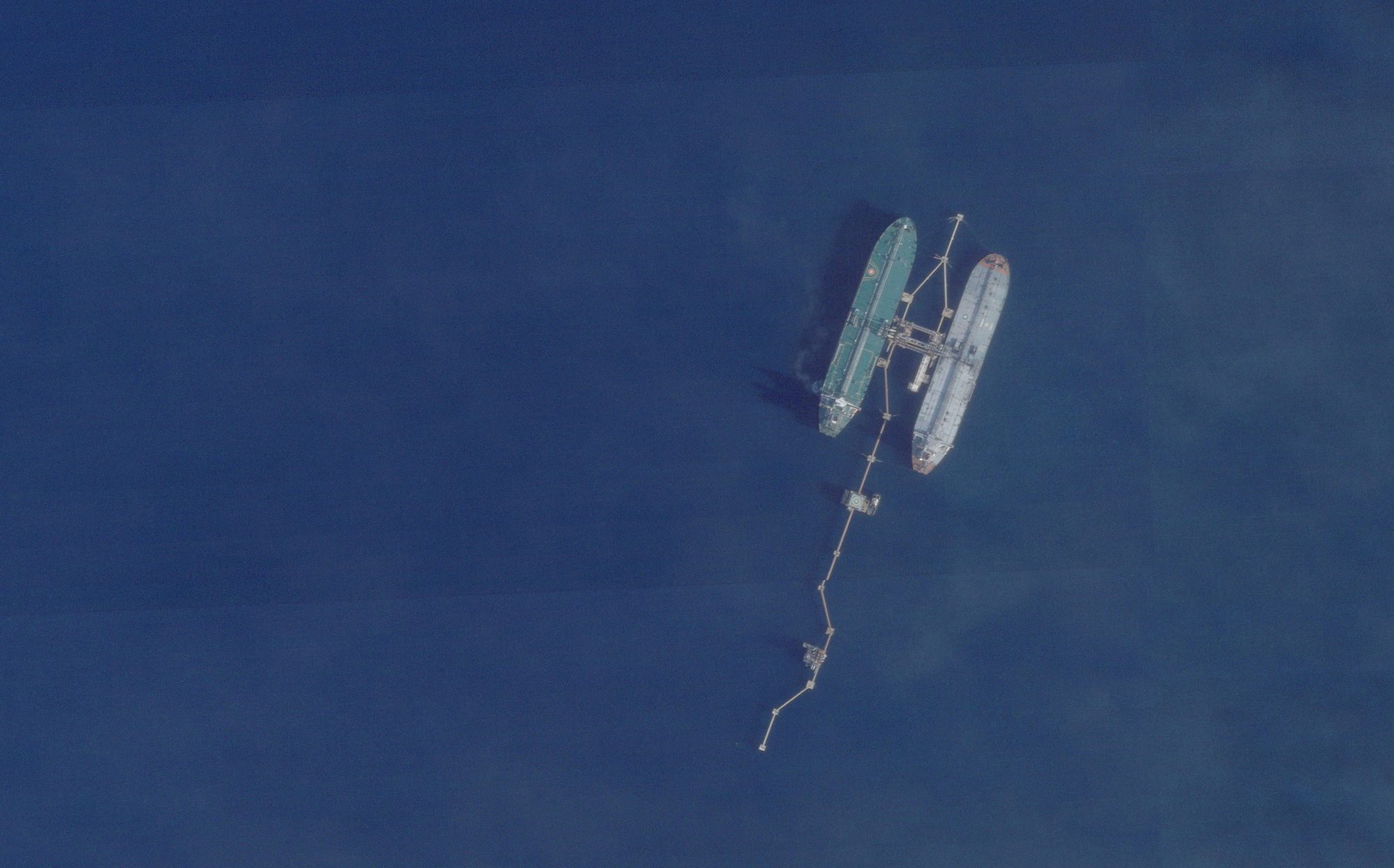A combination of a warm October and worsening drought conditions in the Lower Mississippi Valley has caused water levels along parts of the Mississippi River to drop to historic lows, according to the National Oceanic and Atmospheric Administration (NOAA).
This marks the second consecutive year of record-low water levels in the region. The lack of rainfall and high temperatures have led to an expansion of drought coverage and intensity, impacting the Mississippi Valley.
The consequences of these low water levels have been significant. Barges and ships have run aground, disrupting the transportation of grain during one of the busiest periods of the year. Meanwhile, saltwater intrusion concerns have also popped up in southern Louisiana, forcing the US Army Corps of Engineers to ship fresh water from upstream to treatment plants in Plaquemines Parish, Louisiana.
The drought has also had a broader impact on the demand for US grain, resulting in the country losing its status as the preferred grain shipper. American wheat shipments hit an all-time low in the week ending November 2, according to the US Department of Agriculture. Export inspections of American wheat totaled a mere 71,608 metric tons, the smallest amount on record since the USDA began collecting weekly data in 1983.
The shrinking Mississippi River and competition from abundant global grain supplies have contributed to this decline.
The combination of warm temperatures, expanding drought conditions, and record-low water levels along the Mississippi River points to the ongoing challenges posed by climate change and underscores the need for sustainable water management and climate resilience efforts.
According to NOAA, the average temperature in the contiguous US in October was 56.1°F, 2.0°F above the 20th-century average. While it was the 18th-warmest October overall, some states, including Maine, Vermont, and New Hampshire, experienced record-breaking warmth. Six other states also had a top-10 warmest October on record.
In terms of precipitation, the Lower 48 states received an average of 2.14 inches in October, slightly below the historical average. North Carolina experienced its 10th-driest October on record, while no state had one of their top-10 wettest Octobers.
The US experienced above-average temperatures from January to October, with Florida, Louisiana, Mississippi, and Texas having their warmest year-to-date on record. Several other states had their second warmest year-to-date, while no state had one of their top-10 coldest periods.
Looking at the year-to-date period, the US received slightly above the historical average of 25.50 inches of precipitation. Wyoming and Massachusetts ranked fourth wettest, while Connecticut, Maine, and Nevada ranked fifth wettest. However, Maryland experienced its seventh-driest year-to-date period on record.

 Join The Club
Join The Club










